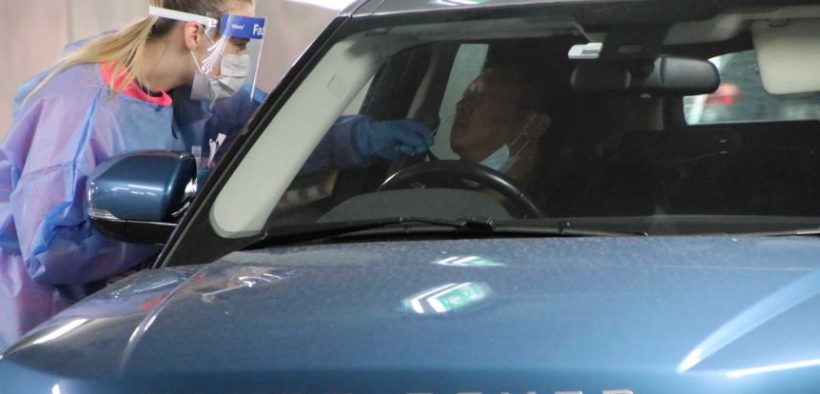Victoria’s coronavirus cases rise by 240 as state’s records 13 more COVID-19 deaths

There has been some concern over the decline in testing rates in Victoria.(ABC News: Andrew Altree-Williams
Victoria has recorded 240 new coronavirus cases and 13 deaths, the state’s health department has announced.
Key points:
- Eight of today’s 13 coronavirus deaths were linked to aged care outbreaks
- Active cases dived by 2,291, down to 4,864, due to more interviews and medical assessments being conducted to release people from isolation
- Epidemiologist Tony Blakely said he would want to see new cases below 40 each day in order to step out of stage 4 restrictions
It is the fifth consecutive day of case numbers under 300.
However, it is an increase on yesterday’s figure of 216 new cases, which was the lowest in more than five weeks.
Australian Medical Association federal vice-president Chris Moy said the problem in Victoria was people had become used to seeing large numbers of new cases.
He said today’s number was still “too high to be manageable as far as contact tracing is concerned”.
“These are not numbers that would have been acceptable just a couple of months ago,” Dr Moy said.
He said the decline in daily new case numbers might be too slow to have confidence that stage 4 restrictions could be lifted in the six-week timeframe originally planned.
Premier Daniel Andrews said eight of today’s 13 deaths were linked to aged care outbreaks.
The state’s latest fatalities were one man in his 70s, six women in their 80s and five women and one man in their 90s.
He said test numbers over the past 24 hours were back up above the 20,000 mark, and the number of mystery cases, where no known source of infection could be found, had increased by 33.
Active cases in the state dived by 2,291 since yesterday, down to 4,864.
Deputy Chief Health Officer Allen Cheng said a lot of work had gone on in recent days to release people from isolation, which required case interviews and assessment by trained health professionals.
“What it does involve is making sure their symptoms have cleared and enough time has lapsed since the start of their illness to allow them to be released from isolation,” he said.
“But for some patients who have ongoing symptoms or people that have more severe disease who are in hospital, or have been in hospital, or for some that have impaired immune systems they require additional swabs, so it’s not a simple process.”
Professor Cheng said once people were released from isolation they were no longer considered an active case and could return to their normal activities.
Instead, Melbourne is under tougher stage 4 restrictions and stage 3 restrictions are in force throughout the rest of the state.


















